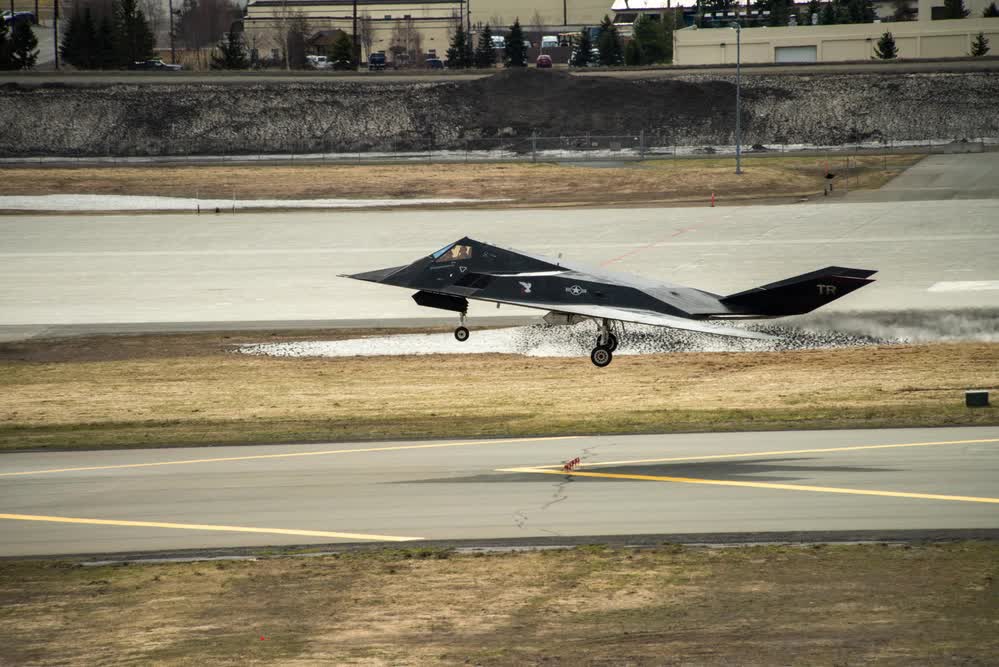Why is the military buying business jets?
- By The Merge
Share This Article
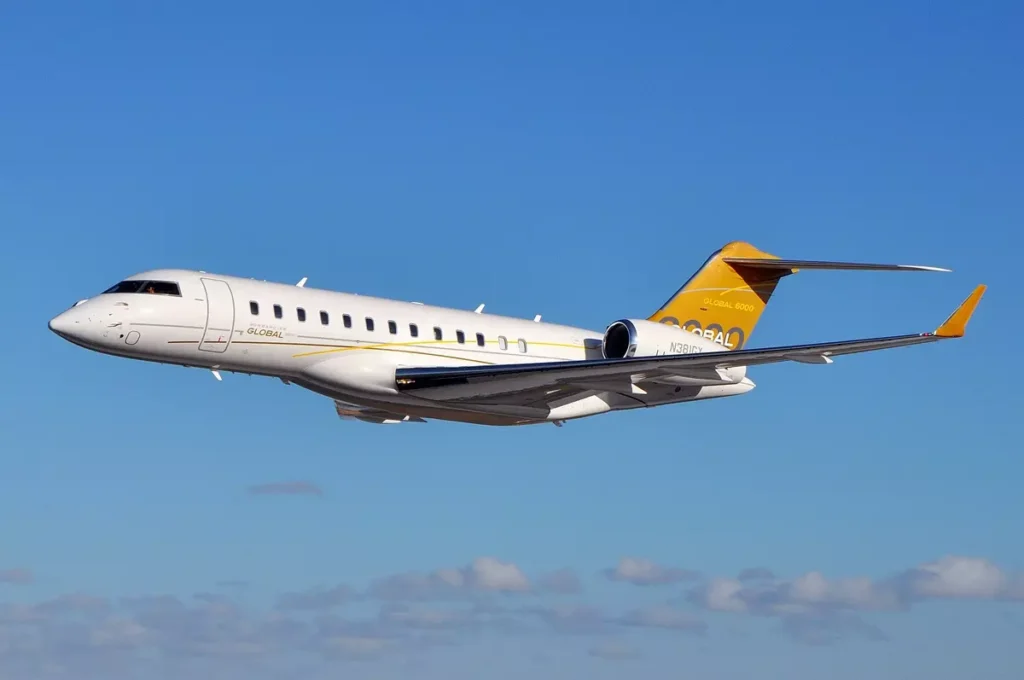
The U.S. military is on a business jet-buying spree and will be adding upwards of 32 modified biz jets to their inventory.
These biz jets won’t be hauling VIPs, though.
What’s going on
As the U.S. military puts the Middle East in the rearview mirror and sets its sights on other regions, it’s looking to replace portions of its worn-out fleet. Some niche fleets will be replaced by modified business jets.
The Air Force is retiring the fleet of 3 EQ-4B BACN comm-relay drones and 14 EC-130H Compass Call electronic warfare planes.
The Army is retiring its fleet of 14 RC-12 Guardrail signals intelligence (SIGINT) mission turboprops.
Editor’s Note: This article originally appeared in the defense, business, and technology newsletter, The Merge. With articles penned by actual former fighter pilots, The Merge has a simple goal: They make it fast and easy for you to make sense of defense.
To learn more about The Merge and sign up for the newsletter, go to their website here.
Why biz jets?
The intel collection, electronic warfare, and comm-node missions are all evolving to the point where they need to see far, travel far, travel fast, and stay long. Enter the business jet.
Bizjets can fly above 40,000 feet, as far as 6,000 miles, as fast as .89 Mach, and remain airborne for as long as 14 hours.
Additionally, unlike bespoke military aircraft, modified biz jets have two other advantages: 1) a global pool of spare parts and 2) extremely high dependability (90% readiness rates).
Let’s break down all the moving pieces by mission.
Related: How big are the guns on America’s fighter jets? BIG.
The Air Force
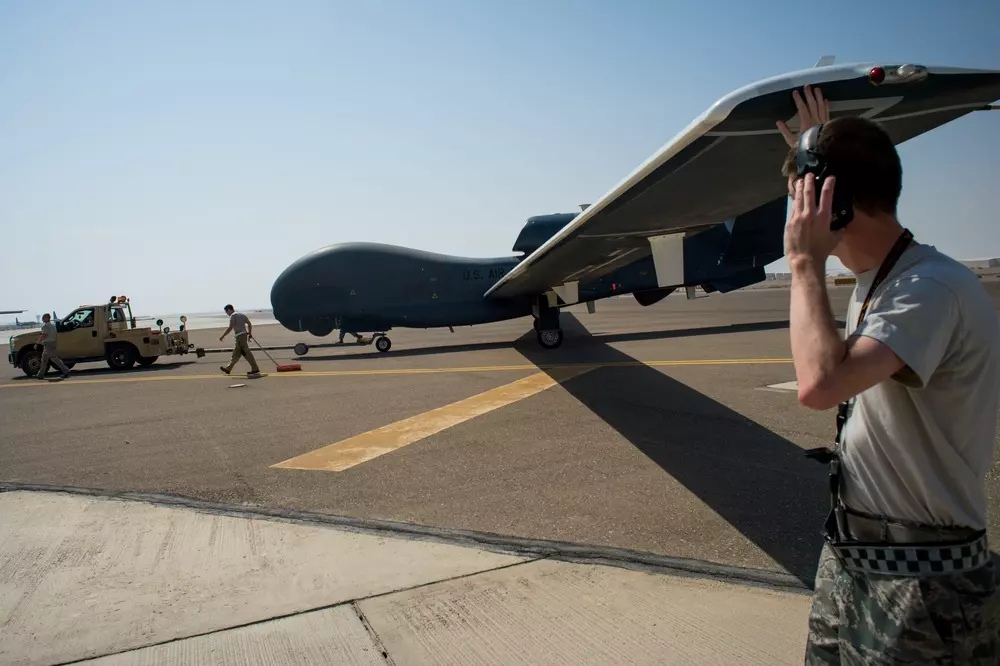
BACN: The Battlefield Airborne Communications Node (BACN) mission was used heavily in Afghanistan to relay comms and translate/connect incompatible comms between the different services. This problem isn’t going anywhere anytime soon, so the Air Force is upgrading iron to support.
The BACN mission was originally performed by a handful of EQ-4Bs (based on the RQ-4 Global Hawk) and E-11As (based on the Bombardier Global 6000 bizjet).
The three EQ-4Bs are being replaced by six E-11As, which will consolidate the BACN mission into one platform and triple the size of the E-11A fleet. FYI: Northrop Grumman builds the BACN payload.
EW: The EC-130H Compass Call has been in service since 1982, and its niche yet important electronic warfare mission has been neglected for years.
The Air Force solution: replace the 14-plane EC-130H fleet with a 10-plane fleet of EC-37Bs.
The EC-37B is based on a modified Gulfstream G550, which was a deliberate choice. The U.S. Air Force is leveraging the Israeli-designed G550 CAEW (Conformal Airborne Early Warning), which is also used by Singapore, Italy, and the U.S. Navy.
The EC-37B program is trying to save money by re-using much of the L3Harris EW payload from the EC-130H and is expected to be operational in 2023.
Related: DARPA’s Project ICEMAN could figure out what’s bugging fighter pilots
The Army

The RC-12 Guardrail replacement program is very interesting but not so straightforward.
Called HADES (High Accuracy Detection and Exploitation System), it’s part of the larger Army Multi-Domain Sensing System program.
This program comprises not only a new platform, but unlike the Air Force efforts this also includes a new sensor suite. Because of this, the Army is taking a “sensor first” approach and has tapped L3Harris and Raytheon to each build prototype HADES sensors.
To evaluate them, the HADES program has two flying prototype test beds called ARES and ARTEMIS.
ARES: The Airborne Reconnaissance and Electronic Warfare System (ARES) is based on the same Bombardier Global 6000 as the Air Force E-11A. The modified aircraft is from L3Harris and houses the company’s prototype sensor suite.
ARTEMIS: the Airborne Reconnaissance and Target Exploitation Multi-mission System (ARTEMIS) is based on the smaller Bombardier Challenger 650. The modified aircraft is from Leidos and houses the Raytheon prototype sensor suite.
To put the sensors through the wringer, the Army is deploying them for six months of operational use. L3Harris’ ARES aircraft has been deployed in the Pacific, whereas Leidos’ ARTEMIS jet has been deployed to Europe and performing surveillance for the Ukraine War.
What else?
While the Army hasn’t made any choices yet about which bizjet it will ultimately pick for HADES, Sierra Nevada Corp. (SNC) isn’t waiting. They spent $200 million to create two modified Bombardier Global 6500 jets called RAPCON-X in anticipation of follow-on work from the Army program.
Business is good for Bombardier. In fact, it’s so good that back in April, the Canadian bizjet jet company created a U.S.-based subsidiary called Bombardier Defense in Wichita, Kansas.
This article was originally published on The Merge. Sign up for their newsletter here.

Feature Image: A commercial Bombardier 6000 Global at the 2003 Avalon Airshow. (Photo by Robert Frola/Wikimedia Commons)
Read more from Sandboxx News
- The Air Force wants to accelerate the development of autonomous technology for its fleet
- The King is dead: Why would America want to retire the F-22?
- Everything you need to know about the B-21 Raider being unveiled in December
- Lockheed Martin has a patent for fusion-powered fighters and bombers
- Letters to Loretta: An American B-17 bomber versus Nazi fighters
The Merge
In air combat, the merge is the point in time and space where opposing fighter aircraft visually meet in a high-aspect very close pass.
Related to: Airpower

The night when police and Delta Force men patrolled the streets of New Orleans
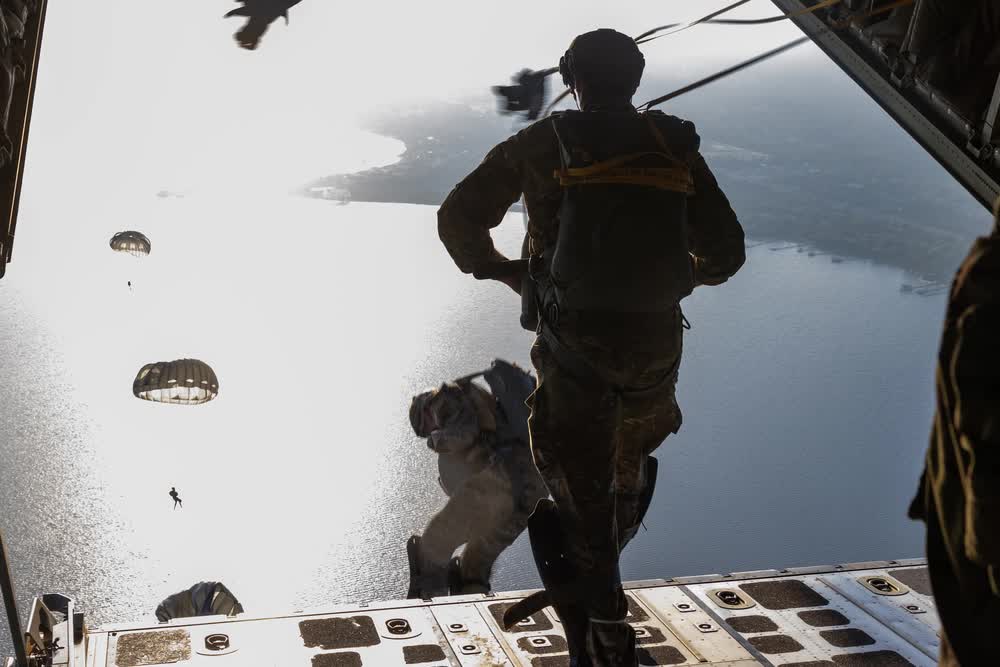
A primer on Air Force special operations jobs for officers
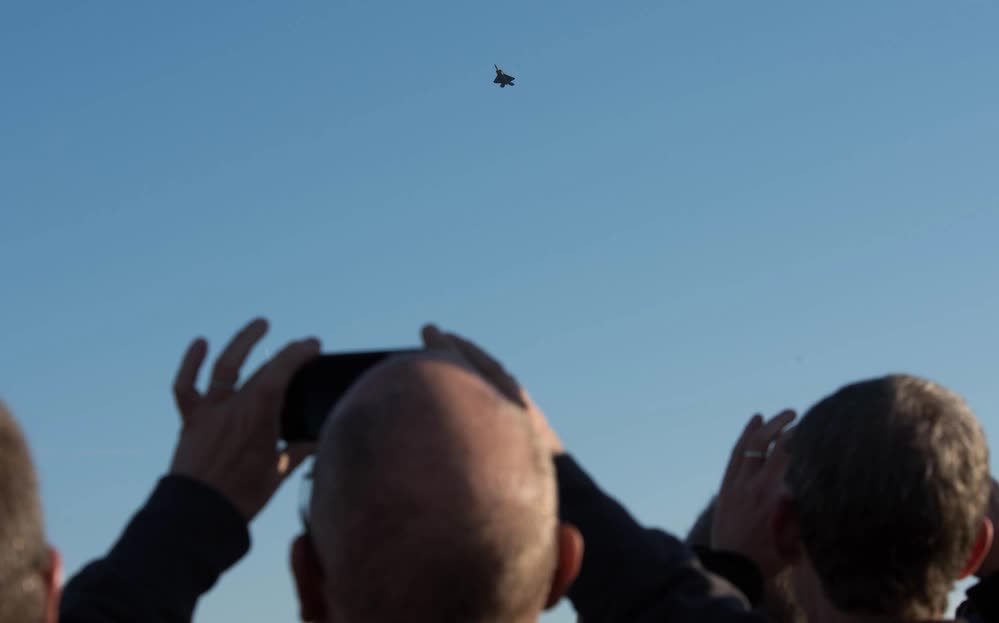
Drones swarmed a military base for days and the Pentagon still doesn’t know why
